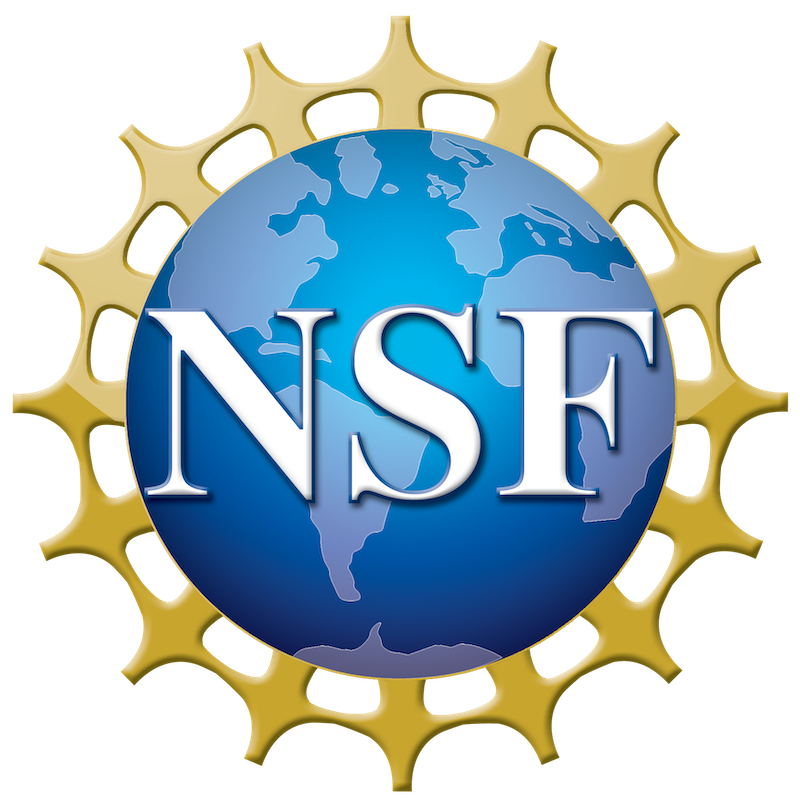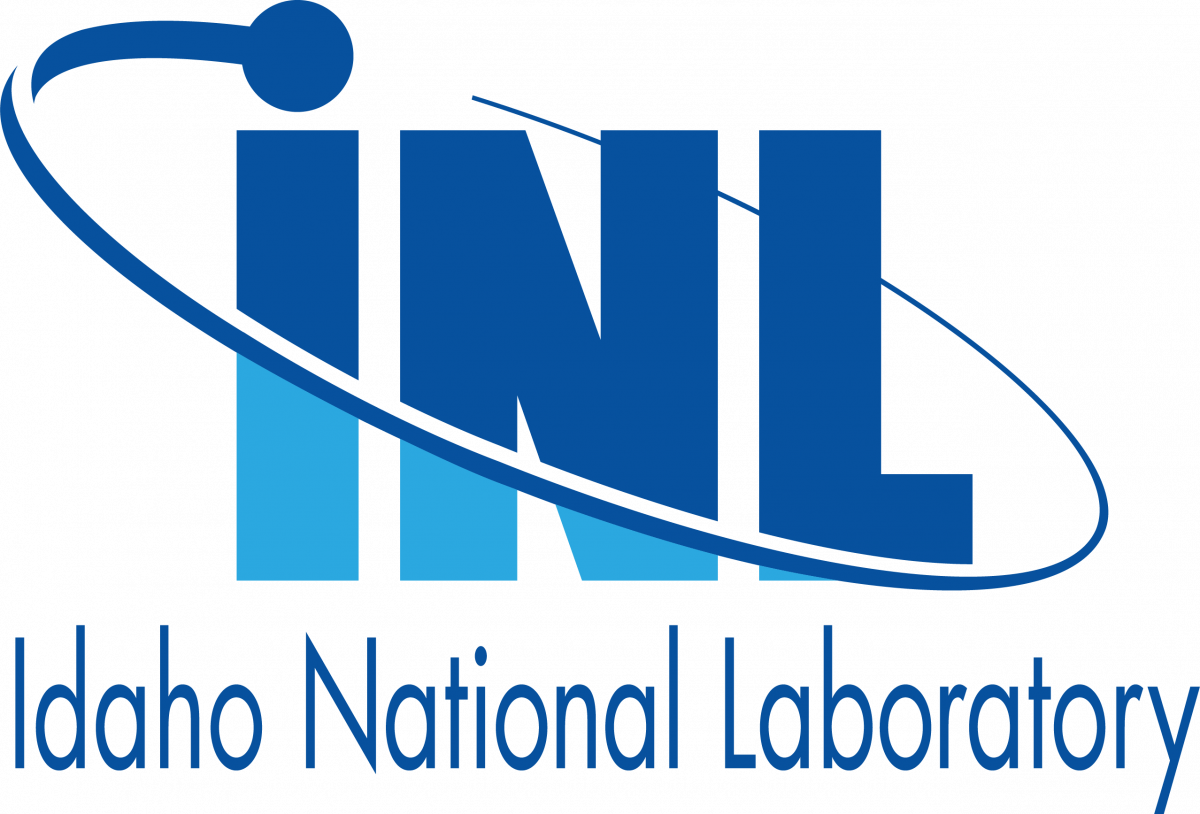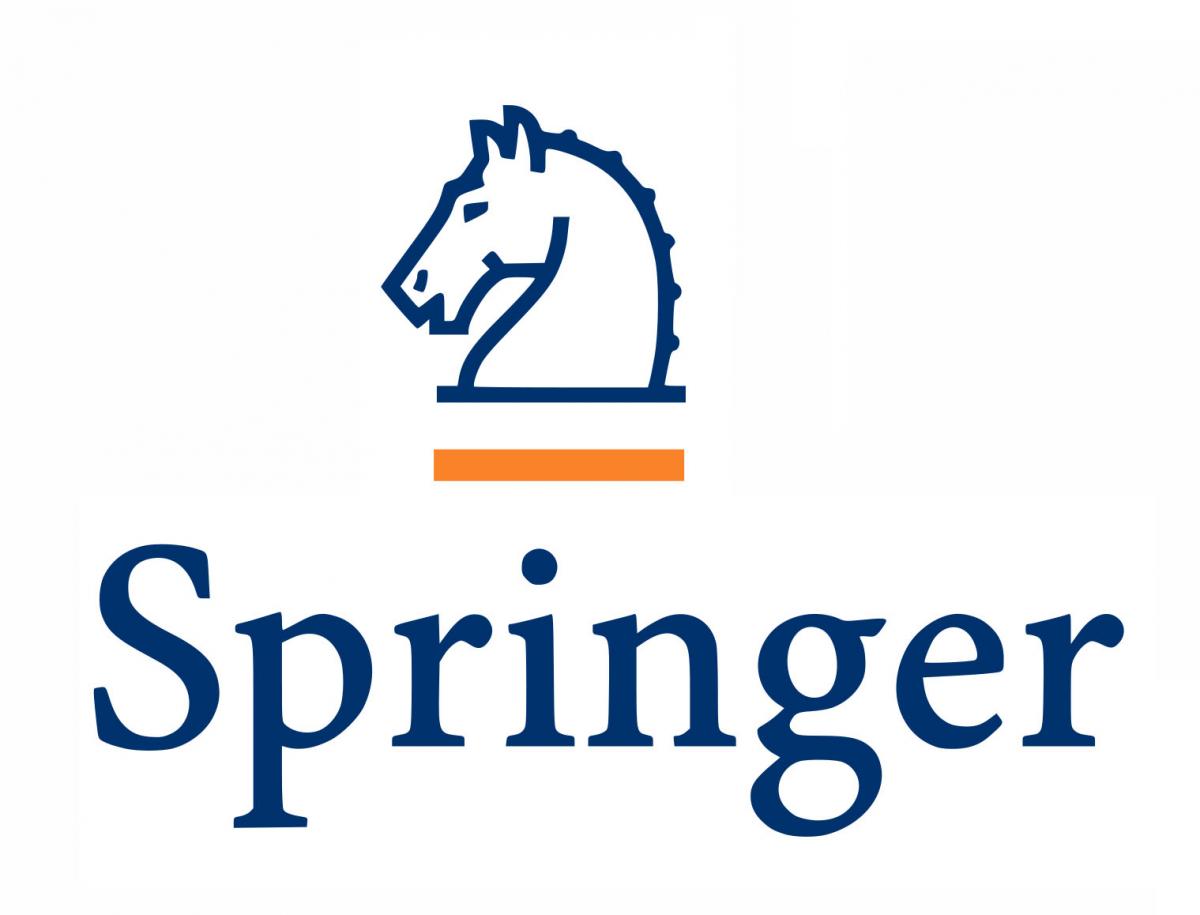Lampros Svolos, Los Alamos National Laboratory
Mostafa Mobasher, New York University Abu Dhabi
Luc Berger-Vergiat, Sandia National Laboratories
Hashem Mourad, Los Alamos National Laboratory
Haim Waisman, Columbia University
Over the past decades, various computational approaches have been successfully proposed in the literature to model failure modes in a wide range of materials. Frequently encountered failure modes include fracture, damage, shear bands, necking, and erosion. Despite extensive prior research, state-of-the-art approaches still face several challenges that hamper progress towards predictive and computationally efficient modeling of such failure mechanisms. For instance, some challenges include calibration, characterization and modeling of complex processes that are coupled to damage and failure such as microstructure evolution, experimental validation, robust numerical schemes, and efficient solvers. These are especially difficult under extreme loading conditions such as those observed in impact and thermal-shock experiments, hydraulic fracture of geomaterials, and other multiphysics problems.
The purpose of this MS is to provide a forum for discussion of challenges and advancements in computational approaches for the reliable and efficient treatment of material failure modes. The topics of interest include, but are not limited to the following:
- Continuum damage approaches (e.g., phase-field, local/non-local, and cohesive zone models)
- Damage and fracture in ductile materials, including computational approaches that take into account the effects of texture and anisotropy
- Constitutive and phenomenological modeling of failure mechanisms (e.g., void nucleation, microcracking, and crack initiation/propagation)
- High-order theories in continuum mechanics (e.g., second-gradient theories, micropolar elasticity)
- Failure in multiphysics settings (e.g., thermomechanical, electrochemical, fluid-driven fractures, or hygrothermal)
- Advances in algorithms and solver technologies, such as preconditioners, staggered/monolithic schemes, or iterative methods
- Advances in discretization techniques (e.g., particle and material point methods)
- Calibration and experimental validation of models capturing shear bands, fracture, and microstructural defects.
- Reduced order modeling and machine learning techniques.
Example applications areas: continuum damage in brittle and ductile materials, dynamic response of polycrystalline materials, multiphysics problems (thermo-elasticity and temperature-dependent viscoplasticity, hydraulic fracture), and rupture of soft materials.











